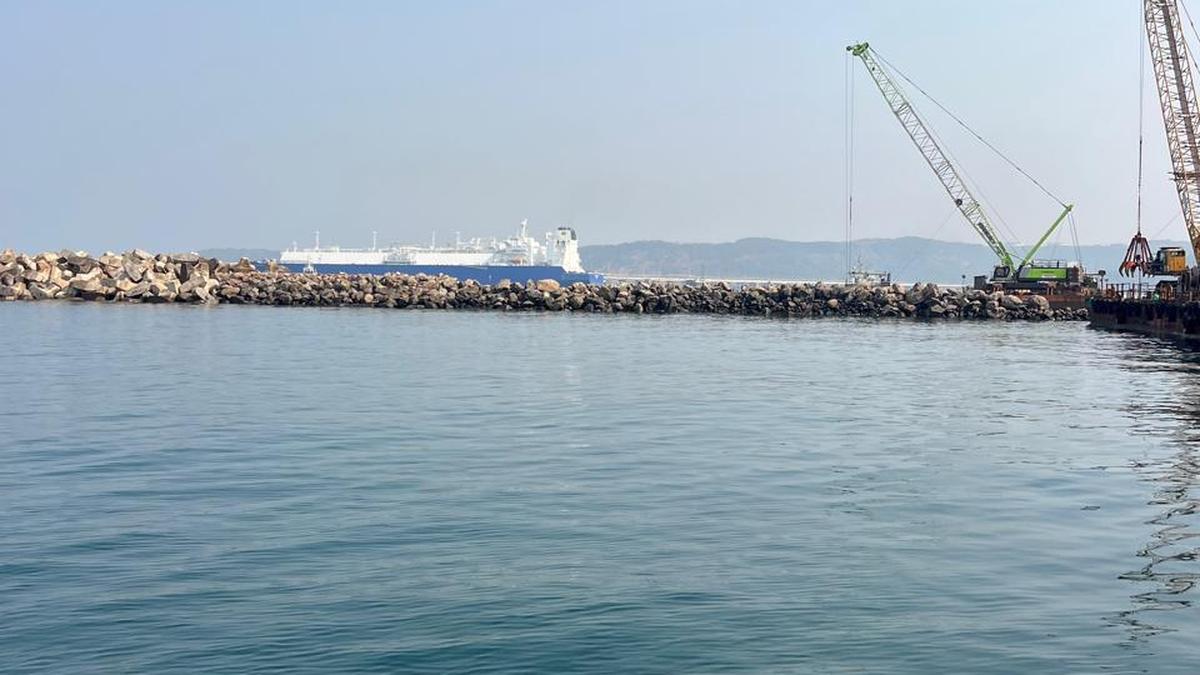
Enron-era breakwater project nears completion after a gap of 24 years, to aid India’s LNG imports
The Hindu
Konkan LNG Ltd. to complete Enron-era Dabhol Breakwater project, enhancing India's LNG import capacity for energy mix improvement.
An Enron-era breakwater project, stalled since 2001 in the Arabian Sea when the American company exited India abruptly following its liquidation, is expected to be completed next month to aid India’s import of Liquefied Natural Gas (LNG) to improve the energy mix.
Konkan LNG Ltd. (KLL), a GAIL (India) subsidiary, would soon operationalise the Dabhol Breakwater project which will make the Dabhol LNG terminal facility an all-weather port.
“We are working very hard and the project is expected to be completed by March 2025. After obtaining statutory clearances, our terminal will be an all weather port,” said Tony Mathew, Chief Executive Officer (CEO), Konkan LNG Ltd.
Mr. Mathew, who was involved in various cross-country gas pipeline projects of GAIL (India), was instrumental in fast-tracking the project implementation in the face of several legal challenges to stall the project located in Ratnagiri district of Maharashtra.
Unlike many other breakwater systems, which are land-connected, Dabhol’s breakwater is an island breakwater, making its construction far more challenging.
It is built at a seabed depth of 17 to 18 metre, rising to 7 metre above the water level. Its base width exceeds 100 metre, with a crest width of 7.35 metre. The breakwater has been constructed 2.75 km away from the shore and is at a 750-metre distance from the Jetty.
When Enron quit India, its contractor BESIX had constructed a 500 metre stretch between 1998-2001 of the 2.3 km breakwater and had to leave. Now L&T, appointed by KLL in 2020, took up work on the project mainly since 2022.













